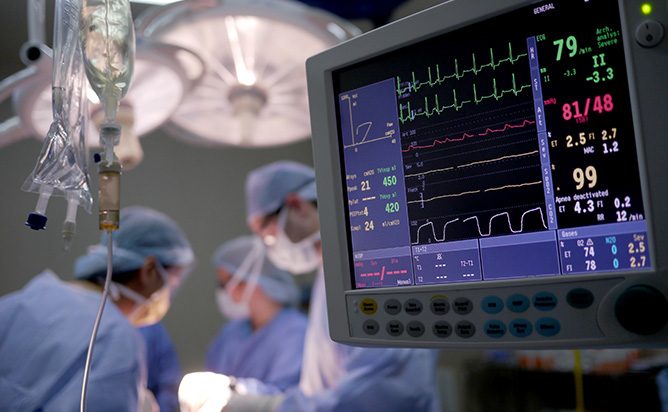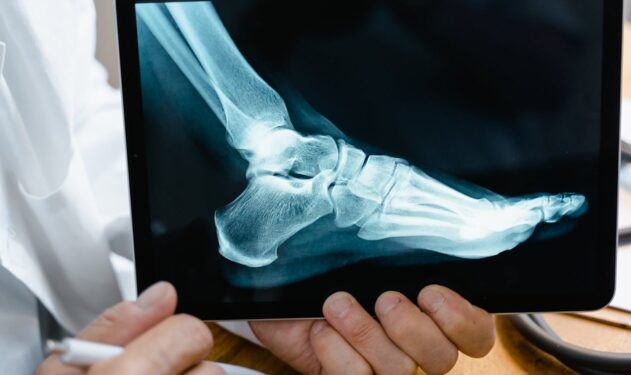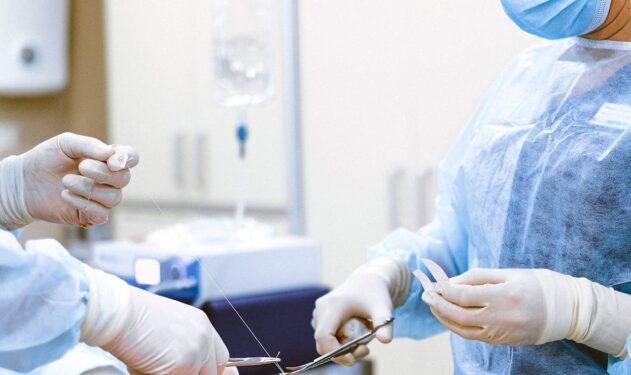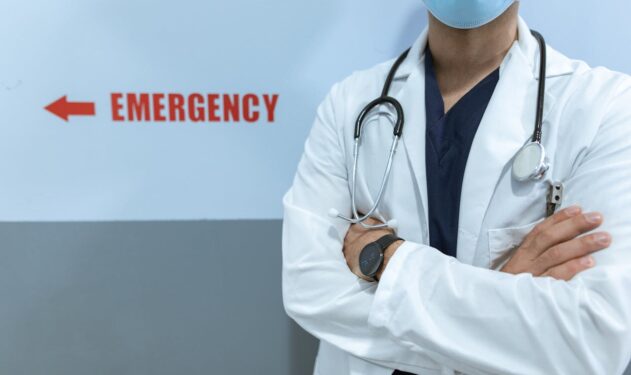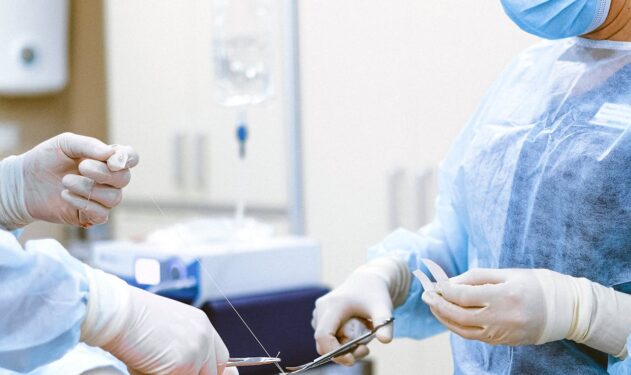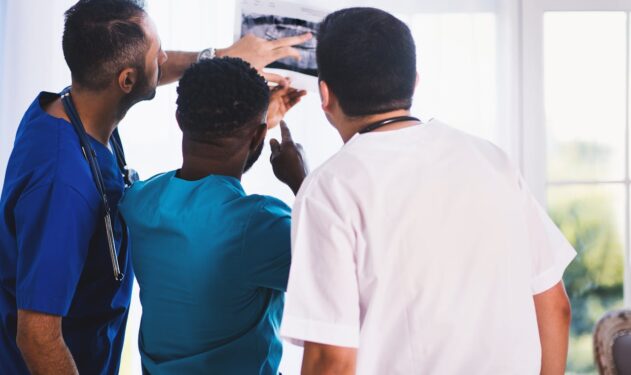Having an aortic stent-graft placed? Getting a knee replacement? Having spinal discs fused together with hardware? If so, there is a strong likelihood that there is someone in the operating room who is not an employee of the hospital or the surgeon. A product manufacturer representative may be scrubbed in and participating in your surgery.
With modern technology and scientific development on the rise, new medical devices are entering the marketplace almost every day. In many cases, the medical devices are complex and dynamic, therefore manufacturers send out their sales representatives not only to sell their wares, but also to assist with their use. In many instances, when the medical device is used in surgery, the representatives not only observe the surgery, they also assist the surgeon or surgical team with the selection, assembly, implantation or calibration of the medical device.
While manufacturers in days past were able to shield themselves from any liability on the part of their representatives, with new highly technical medical devices this is no longer necessarily so. With comparative fault principles in play, the fault of the representative is fair game for comparison in instances where he is intimately involved in the selection, assembly, implantation, placement or calibration of the medical device and such causes or contributes to avoidable negligent injury to the patient.
We recently had such a case in our office. An elderly gentlemen presented to a surgeon on referral for evaluation of an aortic aneurysm. A decision was made to place a stent graft at the aneurysm site endoscopically. The procedure involves the use of a delivery catheter containing an endovascular graft which is inserted into an artery in the groin through a small skin incision. The catheter is carefully guided by x-ray fluoroscopy into the artery and advanced to the aorta where the aneurysm exists. The graft is then positioned such that the top of the graft will not cover any major arteries branching off the aorta (those that provide blood to the kidneys, bowel etc.). Once positioned below these important take-off arteries, the graft is opened and expands to the diameter of the aorta thus sealing off the aneurysm and making a new wall in that section of the aorta. Postoperatively, the gentlemen’s kidneys shut down and his bowels quit working. The fluoroscopic images were reviewed later the next day and it was noted that the stent graft was covering the arteries that fed the kidneys and bowel. The gentlemen subsequently died after a rescue operation was attempted.
In looking at the medical records, we noted a representative for the stent graft manufacturer was listed as being present in the operating room during the entire surgery. So, when we deposed the surgeon, we asked about the role of this representative – whose educational background consisted of a two year degree in radiology technology. We discovered:
- The manufacturers representative selected which aortic stent graft to use
- The surgeon relied upon the manufacturer’s representative to select the stent graft
- The manufacturer’s representative helped the scrub tech assemble the stent graft delivery system and remove and add components to it during the procedure
- When the stent graft was ready to be deployed (below the renal arteries), the manufacturer’s representative assisted in locating the renal arteries on the fluoroscopy monitor and marking on the monitor where they were – to allow the stent graft to be advanced to that point and then deployed
- The surgeon relied upon the location and marking made by the manufacturer’s representative on the fluoroscopy monitor in advancing and deploying the stent graft
We then deposed the manufacturer’s representative and discovered:
- He routinely assists surgeons in their clinical practice
- Surgeons seek his advice as far as aneurysm go, whether their device is good to treat them or not
- He routinely supports surgeons in the OR by bringing the products to the OR and working with the surgeons on the placement of the product
- He provided those services in the OR during our client’s surgery
- He helped locate the renal arteries on the fluoroscopy monitor and marked the monitor where he believed they were located


